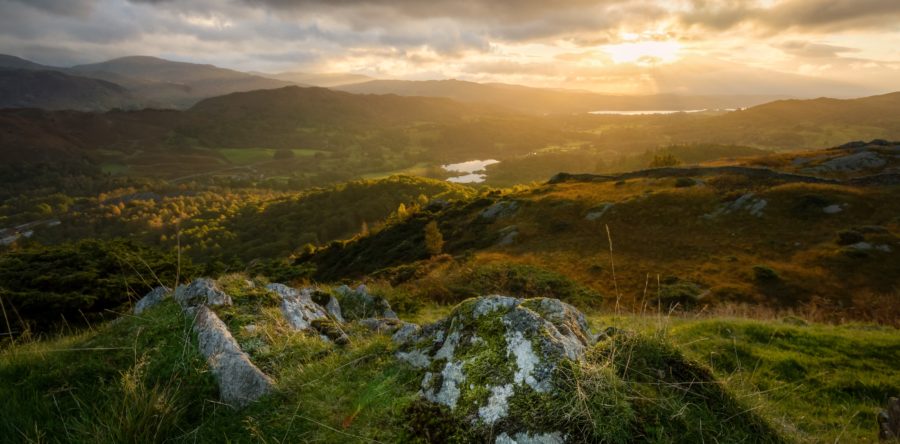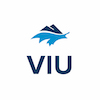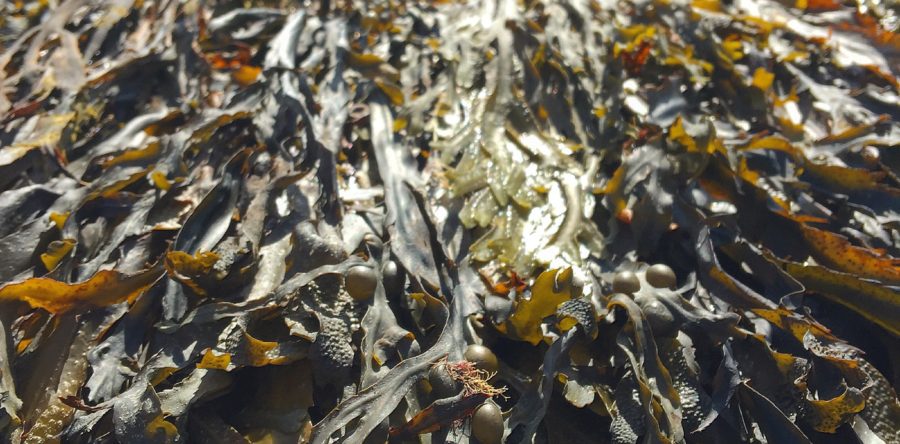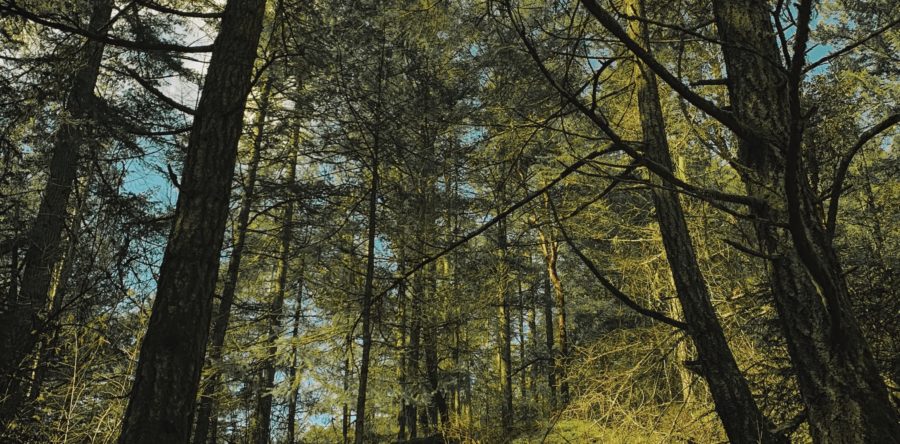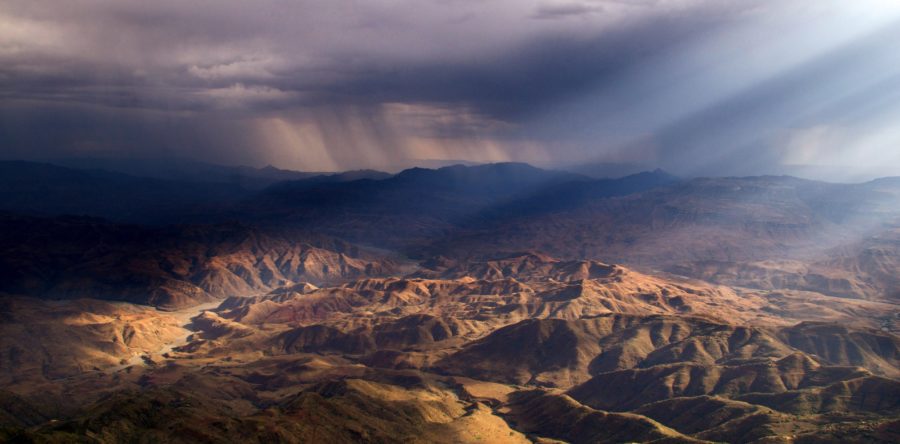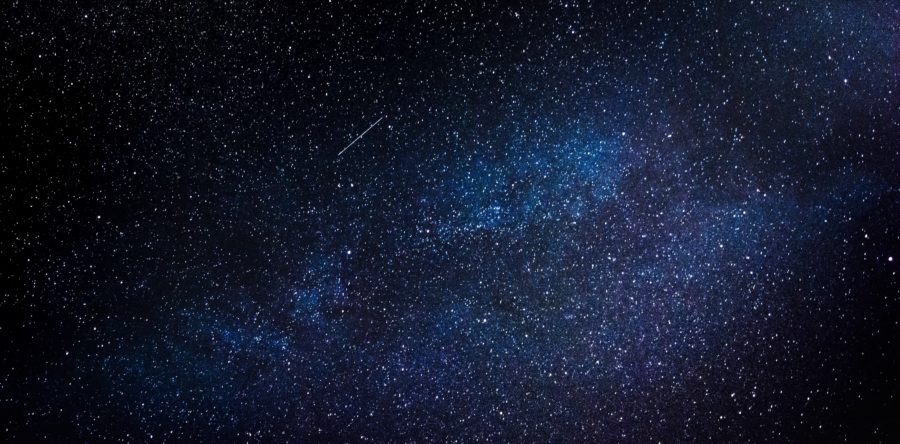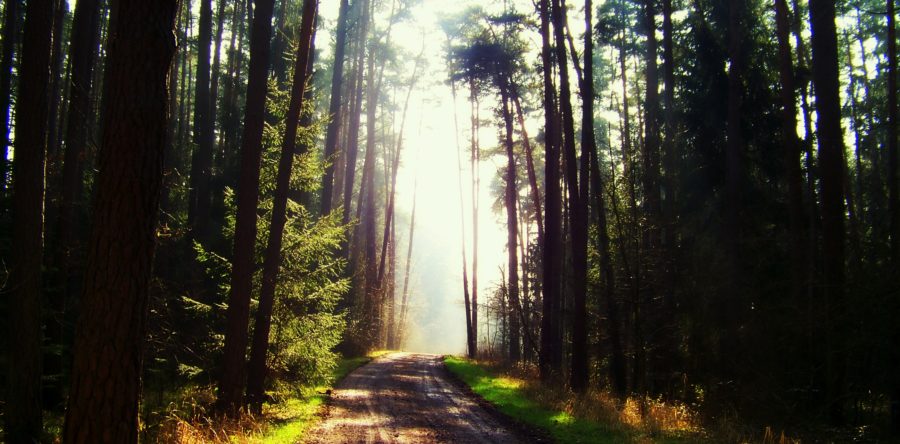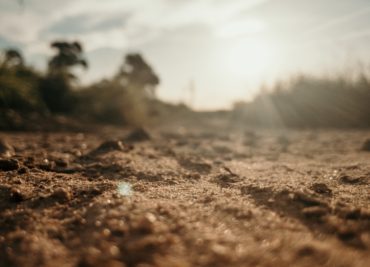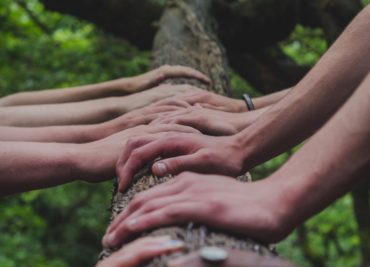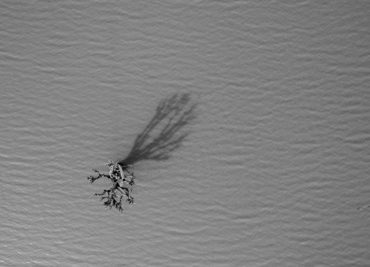North Bull Island, due to its international scientific importance for flora and fauna and also its close proximity to the capital city and many national universities, has long been a resource for education and scientific discovery. Since the establishment of the Biosphere in 1981, there has been a substantial body of work produced by Irish…
More
Research at North Bull Island UNESCO Biosphere, 2020
